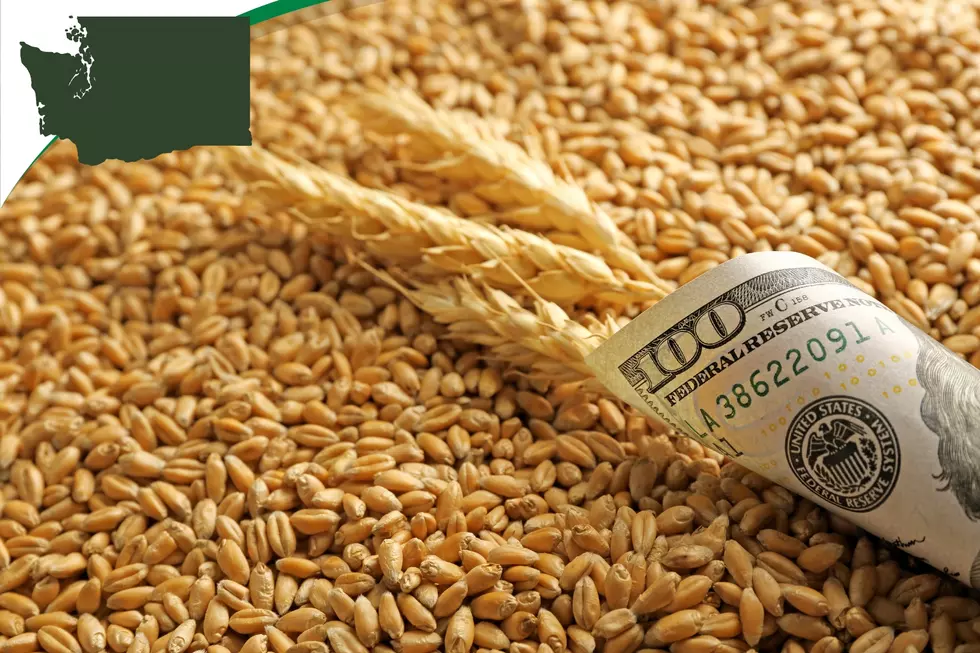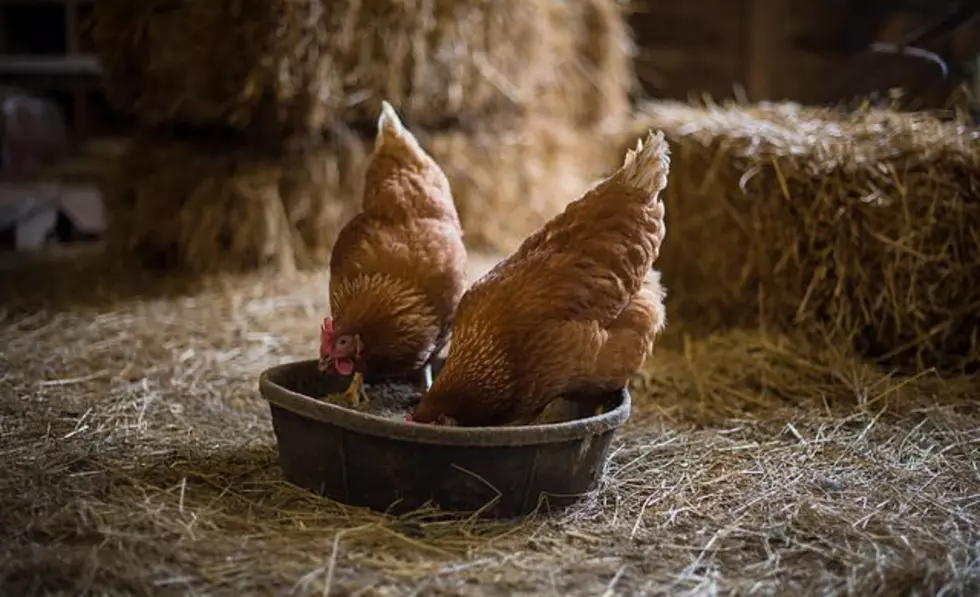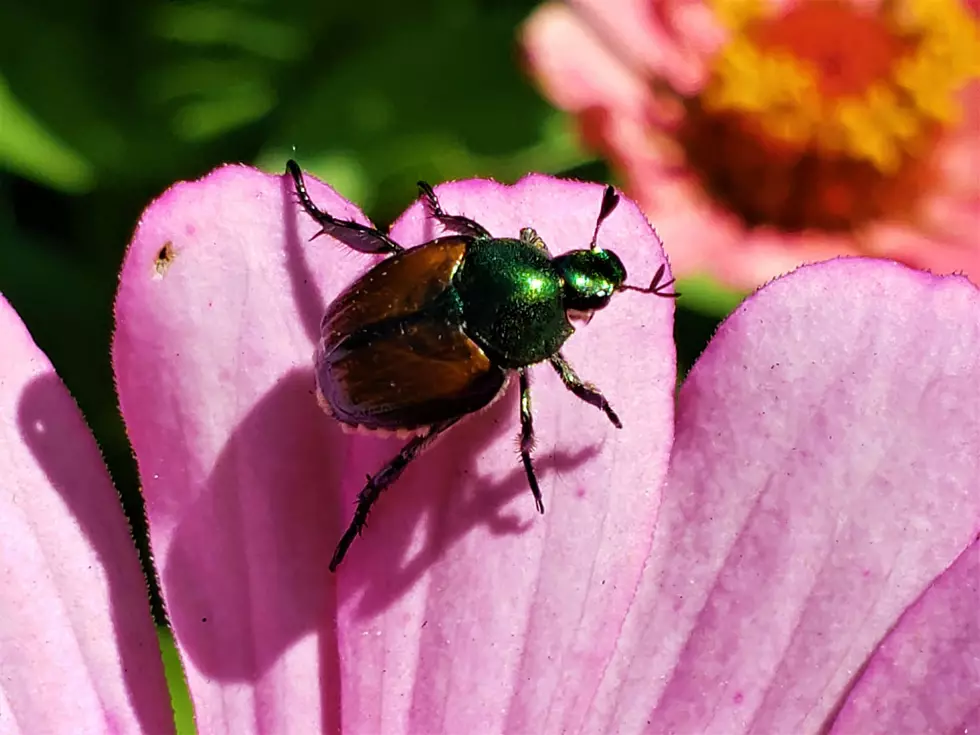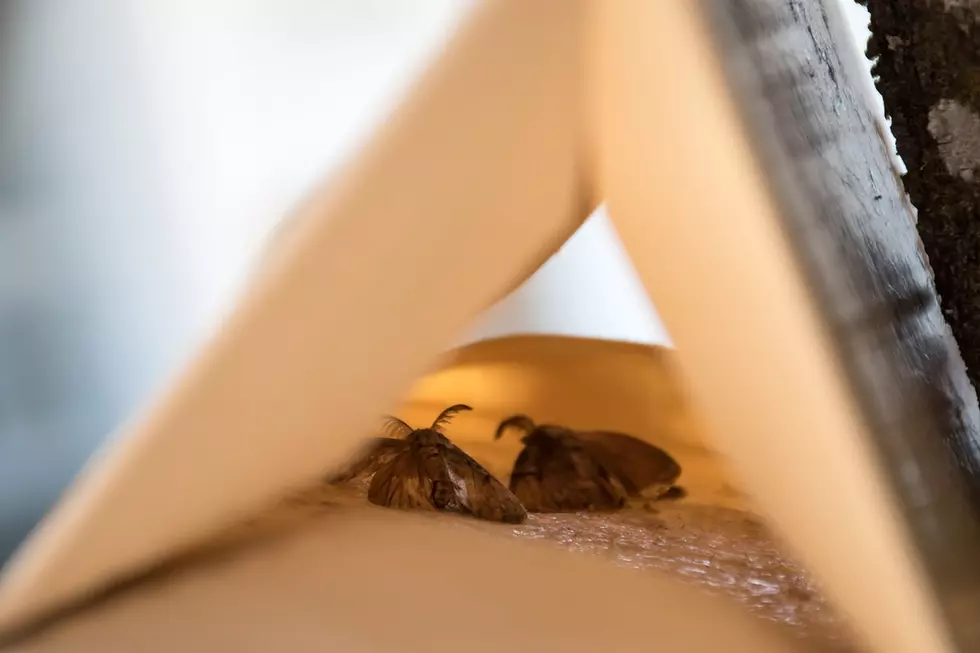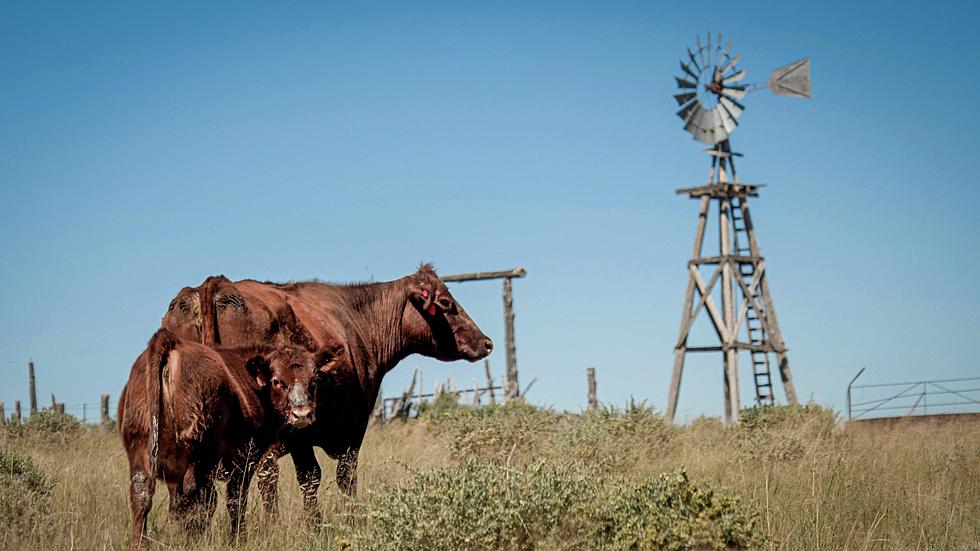
More than Tradition in Branding
A tradition passed down through the generations, branding is more than a custom for farm and ranch families. Branding is a way of identifying livestock so the rightful owner can get paid on sale day or find a herd that has strayed off.
The Washington State Department of Agriculture’s Animal Services division has the Livestock Identification Program whose mission is to provide asset protection for the livestock industry by recording brands, licensing feedlots and public livestock markets and by conducting surveillance and inspection of livestock at time of sale and upon out of state movement. The program is funded by fees paid by the livestock industry and receives no general fund dollars. Brand inspections also occur at USDA inspected slaughter plants. The brand requirements apply to cattle and horses, as smaller livestock are not branded and have other means of identification for health reasons such as scrapie tags for sheep and goats.
Brennan Kimbel, program manager of the Livestock Identification Program, said branding remains an important part of the West with other states like California, Oregon, Idaho, and Utah also requiring brand inspections when livestock cross state lines or change ownership. Whether the animals are branded or not, an inspection is still needed in these situations.
“During these inspections we are looking for proof of ownership. A lot of the dairy cows are not branded but many dairies are using RFID tags, which helps with individual identification,” Kimbel explained. “For animals that do not have a brand (known as slick animals) there is no asset protection. In Washington state, a brand is not required for all livestock. It is a piece of asset protection and theft deterrent. So, anybody who is branding cattle are really showing that is their ownership and if anyone were to show up (at one of the inspection points) we are going to ask who the owner of the brand.”
This brings up the question of cattle rustling, or theft of livestock. Kimbel said the compliance team at WSDA, the brand inspectors, and producers have a close relationship which makes it easier to report missing cattle and start the process of investigation and involving local law enforcement. The compliance team also helps educate producers on the laws in the state and benefits of branding and brand inspection.
“There are some cases that go directly to law enforcement that WSDA doesn’t get notified about but the biggest thing is to be proactive in educating producers and that we are here to help,” Kimbel explained. “We’re here for asset protection, theft deterrent and that’s the main purpose of our program so they know they can call us if they have any questions and really build that relationship with producers.”
Washington is also unique in its branding as a brand only needs to be registered once. Unlike other states, where the same brand design can be registered by multiple entities just with a different location on the animal, only one is registered for a producer. There are currently 5,896 brands on record in the state of Washington, no brand can be like any others on record. The process to register a brand can take about a month with producers submitting one to three ideas before the state approves one of the ideas or close variation. There are also expired brand designs on hand to choose from.
Learn more about the Washington State Livestock Inspection Program here.
Sources: Washington State Department of Agriculture & PNW Ag Network
13 Fires Burning in Washington & Oregon
More From PNW Ag Network
